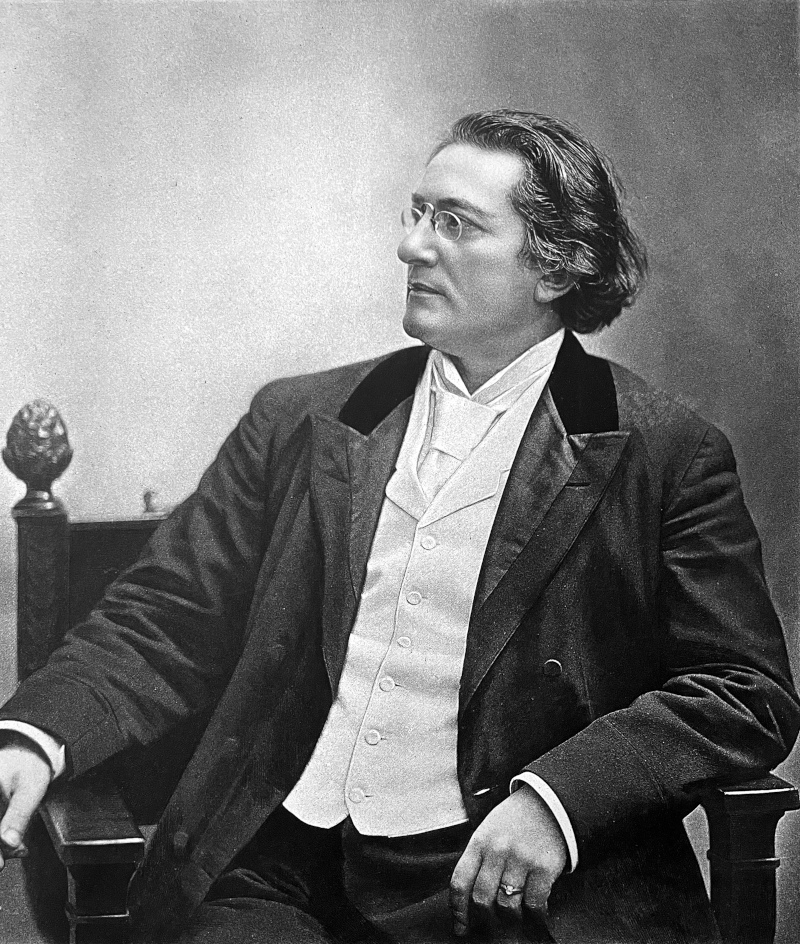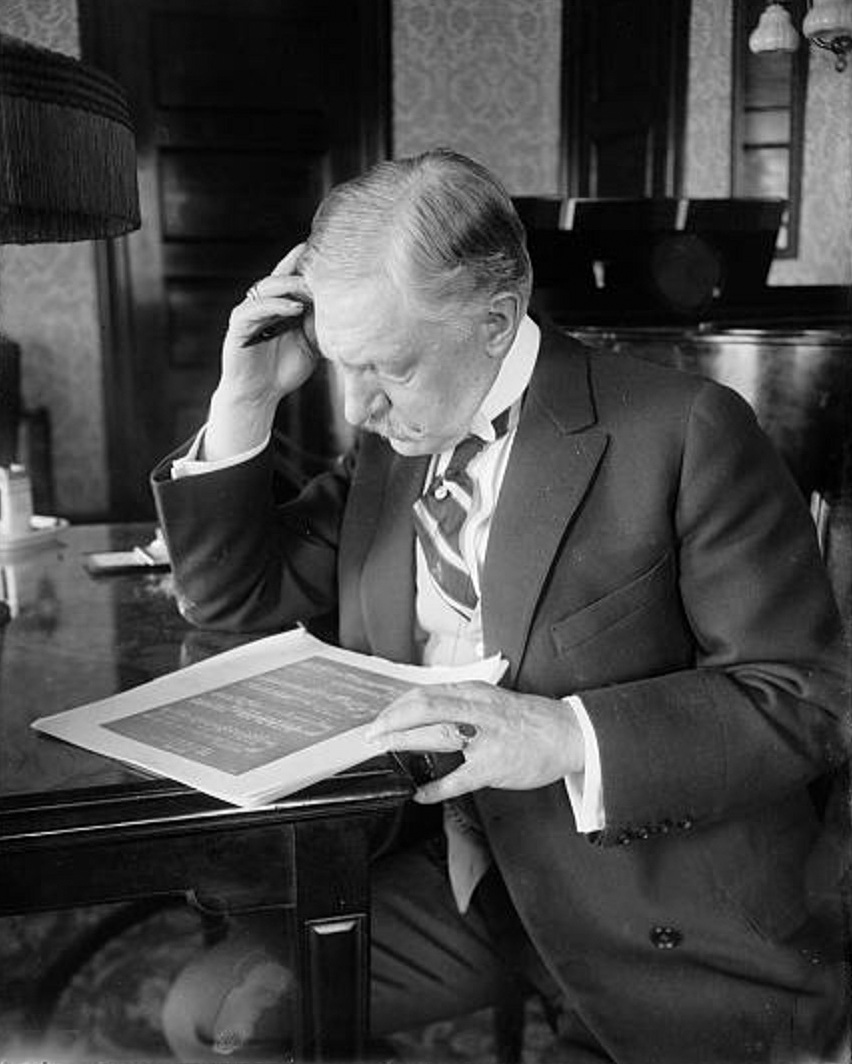
In 1895, a two volume book entitled The Music of the Modern World was published in New York. At first glance this might seem like any book of operatic analyses, but it proves to be a rare time capsule of music in the Americas at a crucial period of time. This book, edited by Anton Seidl, the director of the New York Philharmonic between 1891 and 1898, provides scholars with a unique and varied perspective on the dramatic changes that were happening in the music world at the end of the 19th century. In contrast to public opinion throughout the 19th century, music that was conceived within the Americas was being recognized for the first time. Young composers and musicians like Justin Ring and Will Marion Cook were beginning to take note of music performed by Native Americans and formerly enslaved African Americans. While it might seem obvious to us today, this musical outlook was just beginning in the 1890s, and was what led to the conception of ragtime and later jazz, now uniquely American art forms.
At the time of the book’s publication, Anton Seidl was the director of the New York Philharmonic, and he made a big splash with his performance in 1893 of Dvorak’s New World Symphony. While to most scholars this premiere could seem purely an influence on the world of classical music, it remains to this day a very significant and popular piece. While Dvorak claimed he did not lift melodies directly from Native and African American folk melodies, he intended to accurately imitate such sounds. He also noted that in composition style and complexity the folk melodies of Native American and Scotch highlands music to be nearly identical, two types of music that had not been formally compared before. The premiere of this piece coincided with the end of the 1893 Columbian exposition in Chicago, where syncopated folk music later called ragtime was first performed to the masses. It was there that Sousa’s band first performed syncopated pieces by Arthur Pryor and other midwestern composers.
Seidl, although originally Hungarian, had been in the United States for only about seven years, but he quickly took note of where music in this country was headed. Thus he helped get this book published. This inclusive outlook spurred the popularity of the National Conservatory of Music in New York, where Dvorak taught and composed at this time. This conservatory seeked to provide a musical safe haven for all people, particularly minority groups, such as people of color, disabled, and queer folks. In a way, this book could be a course textbook for one of the lucky young souls who attended this important and revolutionary conservatory. Although Seidl was not directly associated with the conservatory, he likely helped provide performance opportunities and exposure to its students.

These two volumes are massive undertakings, 15 inches long and 12 pounds of book, elegantly bound in tooled leather. When you first open the book, there is a large full length portrait of Seidl. The book features many different sections on several topics, all written by famous musicians and composers of the time. Victor Herbert, who was well known to be associated with the New York Conservatory, wrote a section on the history of the modern brass band. At this time Herbert was known to most of the American public as the successive leader of Patrick Gilmore’s famous military band. It is curious to note that Fred Hager studied this same course under Victor Herbert while a student at the New York conservatory, and he started forming his own band around the publication of this book.
Many of the elegant illustrations throughout the book are of operatic stars that later made recordings, such as Adelina Patti, Nellie Melba, Emma Eames, and Francesco Tamango among others. This book, like many of this type, focuses more on operatic history and analysis, as the New York Conservatory did initially. Just as the singers are given great credit, as are the musicians of the day, such as Jules Levy and Paolo Sarasate.
What makes this book stand out particularly from other books on music of its time, is the inclusion of one such section by Reginald De Koven. Despite being the same age as Victor Herbert, De Koven understood the importance of black music on culture of the Americas. Herbert had a decidedly more complicated relationship with American folk music, stating thus in his lawsuit against the Zon-O-Phone company in 1904:
…compositions of the class known as “rag-time music” and “coon songs” and of such a character that no high class orchestra would play under any circumstances and which tend to hold me up to contempt and ridicule.
Herbert may have claimed this, but continued to write syncopated songs and instrumental numbers. Reginald De Koven had a slightly different point of view on the subject, one that generally hadn’t been adopted by many white Americans at the time of this book’s publication. Though ragtime had not become an official term used in mainstream popular music in 1895, the folk music that De Koven wrote so eloquently about is obviously what was to be given this moniker. Here is a sample of what he wrote on this topic:
The popular airs of a nation might well be called the unconscious soul utterances of the people; for their authors are, for the most part, unknown. Such airs grow and develop almost unawares; their very existence in moist instances is due to some national crisis, to some wave of national feeling or emotion. At times they emerge from the fiery crucible of a nation’s anguish; at other times the irrepressible outburst of a nation’s joy gives them being.
But if such tunes or melodies could indeed be the origin, basis, or foundation of a school of music themselves, and apart from the innate feeling of national union of which they are the expression, we should long ago have had a national school of music in America; for, as has been justly observed, there is in this country an almost inexhaustible store of folk-music of various kinds on which the American composer might draw for thematic material were he so minded.
Such an eloquent statement as this was almost unheard of in the 1890s, as elevating American folk music to a high level of musicality had never been done before. In the middle 19th century, Louis Moreau Gottschalk attempted to achieve this all on his own, but the audiences all over Europe and the Americas assumed that creole music written by a Creole was in no way comparable to the mastery of Liszt or Wagner. It took nearly half a century after Gottschalk’s death for European and American musicians and composers to realize the genius of works like Gottschalk’s and his students.
Although very academic and opera-biased, this book, The Music of the Modern World is a time capsule for scholars to open. It gives us a unique and distinctly American look at the crucial time right as ragtime and the blues were beginning to be recognized by not only the masses, but by musical instructors. While ragtime continued its blossoming in the late 1890s and early 1900s, Anton Seidl died suddenly in 1898, leaving a short but significant legacy. The New York Conservatory unfortunately declined after 1910, but its goals and sentiments remain to this day very significant and relevant. With all of this, we wouldn’t have had the start of the Ragtime Era, and later the Jazz Age.






















